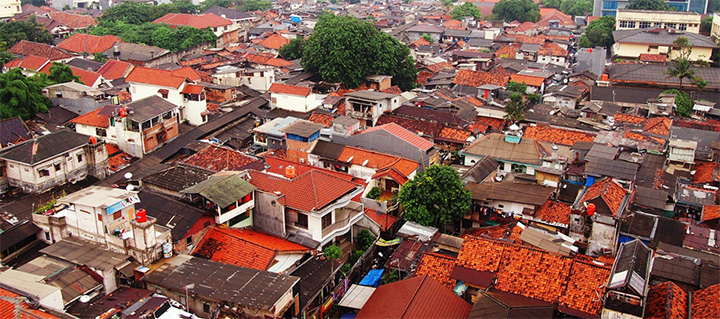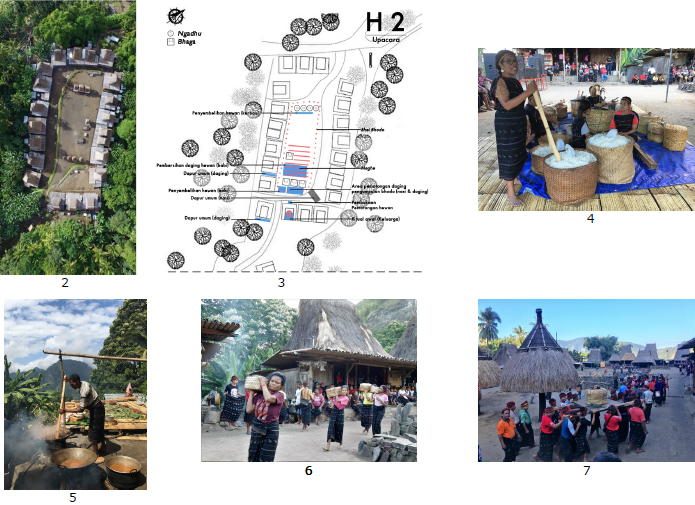Practice of space sharing in high-density Kampung Cikini

Practice of space sharing in high-density Kampung Cikini 1/5
Listener Akiko Okabe(The University of Tokyo)
Narrator Evawani Ellisa (Universitas Indonesia)
January 21,2021
In the heart of the city of Jakarta, there are dense clusters called "kampungs," which are packed together in a contiguous area. Kampung is the typical old informal settlement that was swallowed up by the city center's expansion, grown disorderly and densified. We have been working on Kampung Cikini [1], one of these highdensity kampungs since 2010, with my Indonesian partner Evawani Ellisa, whom I talk to today. In September 2020, we had a plan to hold an international symposium in Jakarta to commemorate our ten years of collaborative research. However, it was canceled due to the corona pandemic. This time, the yearly Indonesian and Japanese student workshop activities were also held online.
When entering Kampung, I feel the abundance of sharing activities, as if it is a
treasure of the wisdom of sharing, that raised me a question: is there a culture of
sharing in Indonesia?
Indonesia is a multi-ethnic nation consisting of more than 1,300 ethnic groups. The form of
sharing varies depending on the ethnic group, but sharing becomes part of daily activities in
traditional villages. As an example, let's talk about Kampung Tololela [2]. This small
traditional community (only have 96 population resided in 31 traditional houses) is identified
as the Ngada tribe, located in Flores Island, East Indonesia (Ellisa and Azharia 2020). In May
2019, we visited Tololela village to participate in a ritual called "Ka Sao" or a kind of house
warming to celebrate the completion of the traditional house owned by the Rutinus family. It
was a large-scale village-wide ritual that lasted for two days and was participated by village
members and hundreds of visitors from outside the village.
In Tololela, houses were lined up around a rectangular square called kisaloka, and the
celebration hold in the square [3]. One day before the ritual, the Rutinus family and all village
members were busy prepared the ceremony. The villager's members practiced mutual help in
various forms. Those who did not have money shared their "sweat and labor" during the
preparation, the D-day, and post ritual. Those who have money share pigs and rice for the
feast. The celebration proceeds with a series of rituals addressing their ancestors at each
specific time. The first day of the ritual was the celebration in the form of dancing and
banquet. All the guests were served by the Rutinus family, with the main menu was the rice
with pigs and water buffalo meats that were slaughtered and cooked the day before. The
villagers and all the guests who join the ritual are obligated to wear traditional outfits. They
spend the whole day of the ceremony for dancing, eating, and drinking moke (traditional
drink). On the second day of the ritual, pigs brought by relatives and water buffalo prepared
by Rutinus were slaughtered, butchered, and symbolically offered to ancestors. In a very
short time, they have to clean the slaughtered animals and chop tons of meats before being
semi-cooked[4,5]. These semi-cooked meats and rice were then distributed equally to all
village members and invited guests who brought the traditional bamboo baskets to contain
the offerings[6]. Some donors held tons of half-cooked rice in bamboo baskets and put
them in the rice-collection spot in front of Rutinus house before distributed [7].
